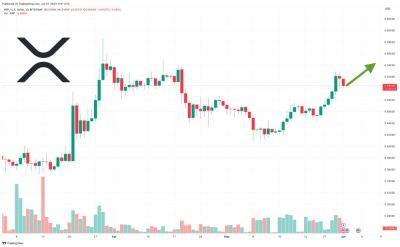$28,000 Bitcoin is in the cards, but it won’t happen without a struggle
Bitcoin’s price declined for eight consecutive days through May 13, totaling a 9.4% correction. The last time such a losing streak happened was on June 14, 2022, after the Celsius lending platform halted withdrawals and FUD — fear, uncertainty and doubt — emerged from United States software firm MicroStrategy’s loan being liquidated at $21,000.
Nothing remotely similar happened as Bitcoin (BTC) retested the $25,800 support on May 12, apart from the network congestion and increased transaction fees. Traders and analysts speculated that a coordinated attack was aimed at causing network instability.
Bitcoin is under DoS attack. High transaction fees are the chosen pain point by the attacker, probably to makes bitcoin unusable for smaller players. pic.twitter.com/0J56liNSGf
As pointed out by investor and Bitcoin activist Jogi, high fees likely make the network unusable for smaller players, but they also impact the use of layer-2 scaling solutions such as the Lightning Network, as opening and closing payment channels require on-chain transactions.
Regardless of the rationale behind the surging demand for blockchain space, by May 12, the average transaction fee had already dropped 83% to $5.10 from a $31 peak on May 7, according to Blockchain.com data. It is also worth noting that the Ethereum network’s average transaction fee held above $18 between May 5 and May 11, according to Blockchair data.
Traders now question whether Bitcoin can bounce back above $28,000 given the uncertainty on the crypto regulatory front. Bitcoin futures and options data display moderate weakness, but a BTC price rally could happen as investors price in higher odds of a U.S. government debt default.
The current high-interest rate environment is beneficial
Read more on cointelegraph.com















